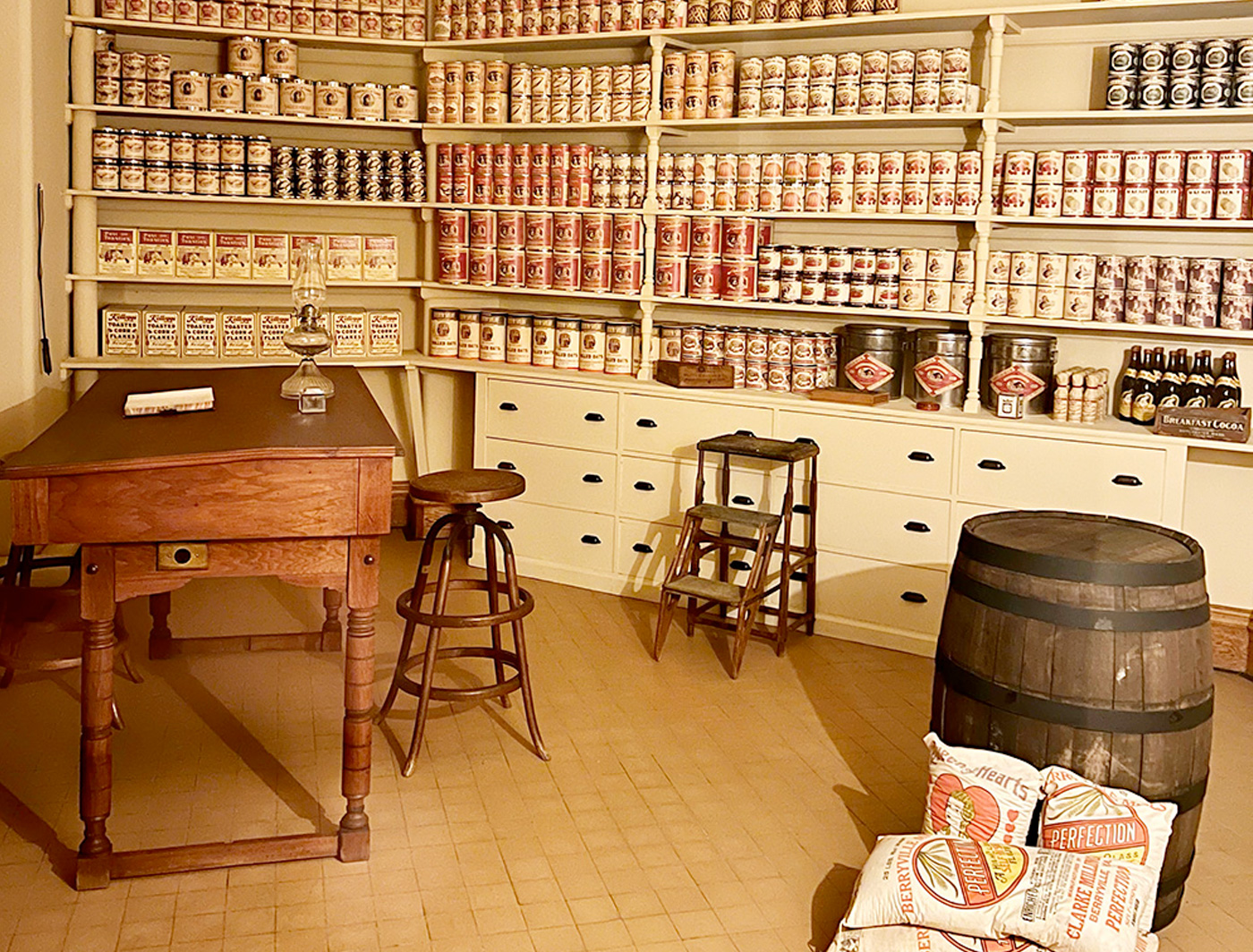Individuals who don’t identify as visual learners often lean towards auditory or kinesthetic modalities in their cognitive preferences. Auditory learners, for example, may find spoken information engaging and memorable, benefiting from the auditory cortex’s role in processing sounds, rhythm, and tone. On the other hand, kinesthetic learners may rely on hands-on experiences and physical interactions for effective learning.
In the context of museum tours that predominantly offer auditory guides or written materials, non-visual learners may feel more comfortable with these provided formats. Auditory tours cater to those who learn best through listening, as spoken descriptions and narratives provide a direct connection to their preferred mode of processing information. Similarly, text-based information aligns well with individuals who favor sequential and linguistic processing.
Recognizing the diversity of learning styles is essential for creating inclusive museum experiences. To effectively accommodate non-visual learners, museums can adopt a multi-modal approach that integrates auditory and kinesthetic elements. For instance, interactive exhibits, tactile objects, or guided discussions can appeal to kinesthetic learners, offering a more immersive and hands-on learning experience.
Furthermore, museums can enhance inclusivity by providing flexibility in the presentation of information. Allowing visitors to choose between auditory guides, written materials, or interactive displays based on their individual preferences ensures that educational offerings cater to a broad spectrum of visitors, enhancing accessibility and engagement for everyone, regardless of their cognitive preferences.
By acknowledging and embracing the variety of learning styles, museums can ensure that their exhibits are not only informative but also cater to different cognitive approaches. Leveraging technology, such as virtual reality or interactive simulations, provides additional avenues for non-visual learners to engage with exhibits. Workshops and guided discussions further contribute to a holistic approach, providing opportunities for kinesthetic learners to actively participate in the learning process.
In embracing this comprehensive strategy, museums acknowledge the diverse ways in which individuals process information. This ensures that every visitor, regardless of their cognitive processing style, can derive meaningful and enriching experiences from their visit.



